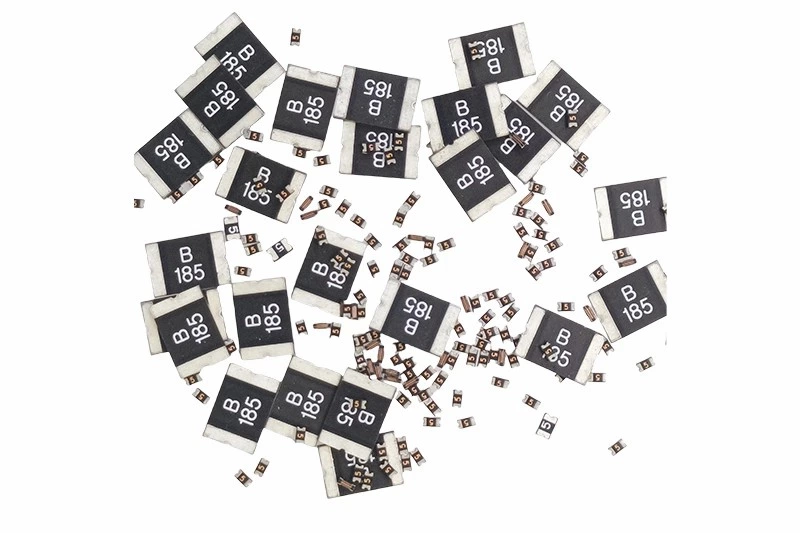Overcurrent Protection in Automotive Electronics: Ensuring Safety and Reliability
In modern vehicles, electronic systems play a crucial role in safety, comfort, and performance. However, as circuits become more complex and power demands rise, the risk of overcurrent events also increases. Overcurrent protection is essential to safeguard automotive electronics from damage caused by excessive current flow, ensuring long-term reliability and passenger safety.
1. What Is Overcurrent Protection?
Overcurrent protection refers to a design strategy that prevents electric current from exceeding safe operating levels. When a fault such as a short circuit or overload occurs, current may spike and cause overheating, component failure, or even fire. By using specific protective devices, the circuit can be interrupted or limited before damage occurs.
2. Key Overcurrent Protection Devices
Different types of overcurrent protection devices are used in vehicles, each suited for specific applications and response characteristics.

(1) SMD Fuses
Surface-Mount Fuses (SMD) are designed for PCB-mounted modules and advanced automotive electronics. Their compact form allows integration into ECUs and infotainment systems. Applications: Control units, multimedia systems, communication modules.
(2) Resettable Fuses (PTC Fuses)
PTC (Positive Temperature Coefficient) resettable fuses increase resistance when overcurrent occurs, effectively limiting current flow. Once the fault is cleared, they automatically reset. Applications: USB ports, charging systems, battery protection circuits.
(3) Blade Fuses
Blade fuses are the most common type found in automotive power distribution boxes. They are simple, cost-effective, and easy to replace. When current exceeds the rated value, the metal element melts and opens the circuit. Applications: Headlights, air conditioning systems, infotainment units.
(4) Mini and Micro Fuses
Compact fuses used in modern vehicles where space is limited. Despite their small size, they offer precise and reliable protection for low-current circuits. Applications: Sensors, dashboard electronics, power mirrors.
(5) Circuit Breakers
Circuit breakers provide reclosable protection for higher current circuits. They can be manually or automatically reset, offering convenience and long-term reliability. Applications: Electric seat motors, power windows, HVAC blowers.
3. Functions and Advantages
| Function | Description |
|---|---|
| Overcurrent Limiting | Prevents current from exceeding safe limits. |
| Circuit Isolation | Separates faulty sections to avoid system-wide failure. |
| Thermal Protection | Stops heat buildup that could damage wiring or components. |
| System Reliability | Enhances durability and lifespan of vehicle electronics. |
4. Automotive Applications
Overcurrent protection devices are used throughout the vehicle’s electrical system:
- Power Distribution Units (PDUs) – Protects the main wiring harness.
- Lighting Systems – Prevents overload in LED and halogen circuits.
- Charging Interfaces – Safeguards USB and auxiliary ports.
- Control Modules (ECU, BMS) – Ensures safe operation of vehicle control electronics.
5. Automotive Standards and Quality Requirements
Automotive-grade fuses and PTC devices must comply with international standards to guarantee safety and reliability:
- ISO 8820 – Defines performance requirements for automotive fuse links.
- AEC-Q200 – Specifies stress test qualifications for passive components used in automotive environments.
Manufacturers must ensure that all components pass vibration, thermal shock, and endurance testing to meet vehicle safety regulations.
6. Conclusion

Overcurrent protection is the first line of defense in automotive electrical design. Whether through traditional blade fuses or advanced resettable PTCs, these devices ensure that every module—from lighting to infotainment—operates safely and efficiently. With the continuous electrification of vehicles, reliable overcurrent protection has become more critical than ever for both performance and passenger safety.